TP_Link Router Red Light: Issues & Solutions
Introduction: Many people use wireless routers at home to access the internet. One popular brand is Tp-link. However, sometimes the power light on a T
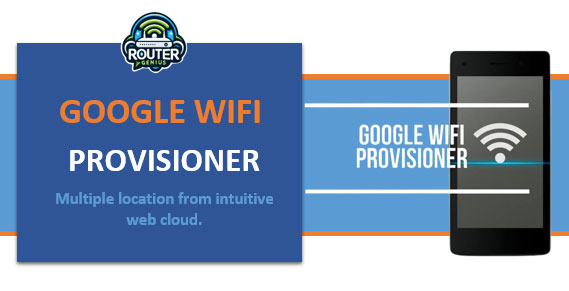
Enterprises can use a single cloud interface to manage and provision WiFi networks through the Google WiFi Provisioner application. If you have not yet come across the Google WiFi Provisioner tool, in this article, we will answer the following questions: What is it? What’s special about it? How does it function? And finally – how to start using it?

Large organizations or businesses, with several branches, offices, shops, and stores, face a few challenges when it comes to the management of WiFi networks in their enterprise. Before, when IT administrators wanted to do some configurations or changes in an access point, what they do is visit every single access point that exists.
The Google WiFi Provisioner simplifies the process by managing wireless networks centrally from the cloud. IT teams can provision, configure, monitor and troubleshoot access points from a single web-based dashboard without needing to visit each location.
This not only saves significant time and effort for administrators, but also helps ensure consistent WiFi policies, security settings, and a positive user experience across all branches.
Some of the key capabilities provided by Google WiFi Provisioner include:
Configure, update and monitor WiFi access points from any internet-connected device through an intuitive web interface. No need to physically access individual access points.
New access points can be automatically adopted into the provisioning system and receive initial configurations over-the-air. This simplifies deployment at new locations.
Apply standardized WiFi security policies, authentication protocols, bandwidth quotas and more across all managed access points with a single configuration.
Get visibility into network health, device connections, bandwidth usage, client roaming and more through detailed dashboards and reports. Troubleshoot issues remotely.
Push new firmware versions, features and bug fixes to all access points simultaneously without requiring on-site visits. Ensure all devices run the latest software.
Setup separate secure guest networks across locations. Customize landing pages, login options and policies through an easy portal.
Authenticate user devices against existing internal credential systems like Active Directory or Radius for a seamless single sign-on experience.
Define granular permissions to allow different administrators access only specific functions or locations based on their roles. Enforce separation of duties.
The key components involved in Google WiFi Provisioner and how they interact with each other are:
This is the centralized web-based management interface hosted on Google Cloud. Administrators log in here to perform all configurations and management tasks.
Supported vendors like Ubiquiti, Ruckus, Aruba deploy their WiFi access points at customer locations.
A small software component installed on each access point that establishes a secure outbound connection to the Cloud Controller. It receives configurations and sends telemetry data.
With this process, provisioning access points and ensuring consistent network-wide configurations becomes quick and seamless. Individual device-level configurations do not need to be changed each time.
Some key advantages enterprises gain by adopting Google WiFi Provisioner include:
Here are the basic steps to set up and start using Google WiFi Provisioner for your enterprise network:
Buy WiFi 6 access points from one of the supported vendors compatible with the provisioning platform.
Sign up for a Google Cloud account and activate the WiFi Provisioner add-on subscription.
Install the lightweight Cloud Agent software component on the access point either through the device’s management interface or via USB storage.
Power on devices and add them to your Google WiFi Provisioner inventory by scanning their serial numbers or MAC addresses.
Define common SSIDs, security policies, captive portal profiles etc. that will be applied to all locations.
Ship devices to sites and plug them in – they will automatically receive initial configurations over-the-air from the cloud.
Use the unified web dashboard to monitor status, map out locations, customize settings, push updates and more.
Repeating steps 1, 3 and 6, easily add more devices as your network grows to new office spaces.
Following these basic steps allows central provisioning and management of WiFi to begin within a matter of hours versus days or weeks through traditional methods.
A: Yes, there is a subscription fee charged per access point managed by the platform. Pricing varies based on the number of devices, features required and support options selected. Contact a Google Cloud sales representative for accurate quotes.
A: Major brands like Ubiquiti, Ruckus, Aruba, Cisco Meraki and many others have WiFi access points compatible with Google WiFi Provisioner. Ensure devices have the required processors and memory to run the Cloud Agent software.
A: Yes, you can centrally manage heterogeneous WiFi networks with a combination of supported access point models from multiple vendors as long as each has the Cloud Agent installed. Common configurations are applied to all.
A: The connectivity established by the Cloud Agent uses HTTPS PKI authentication and AES-256 encryption to securely tunnel data between devices and the Google Cloud infrastructure. No sensitive customer information is exposed on the open internet.
A: Yes, Google WiFi Provisioner supports using existing RADIUS and Active Directory servers for centralized user authentication. It simply inherits credentials defined in these systems for seamless single sign-on across all managed WiFi networks.
A: Administrators have granular controls to modify system-wide settings as well as customize specific SSIDs, device groups, locations or individual access points as needed. This includes options to define priorities, bandwidth limits, captive portals, schedules and more.
Google WiFi Provisioner offers an elegant cloud-based solution that helps enterprises simplify the traditionally complex task of provisioning and managing WiFi networks across multiple offices.
By enabling true centralized management of access points from any location, it delivers significant time and cost savings compared to traditional methods. Consistent network policies, real-time insights, automated updates and simplified deployments are some key advantages.
Migrating to Google WiFi Provisioner makes wireless infrastructure administration more efficient while enforcing scalable security best practices enterprise-wide. This ultimately enhances the overall experience for users, administrators as well as the bottom line for businesses.
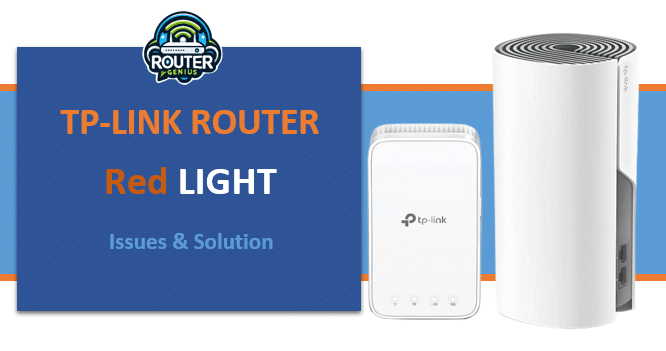
Introduction: Many people use wireless routers at home to access the internet. One popular brand is Tp-link. However, sometimes the power light on a T
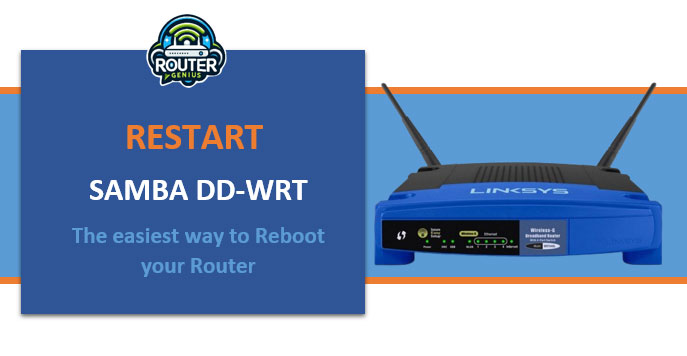
Many routers with DD-WRT have a program called Samba. Restart Samba dd-wrt lets you share files, printers and other things connected to your router wi
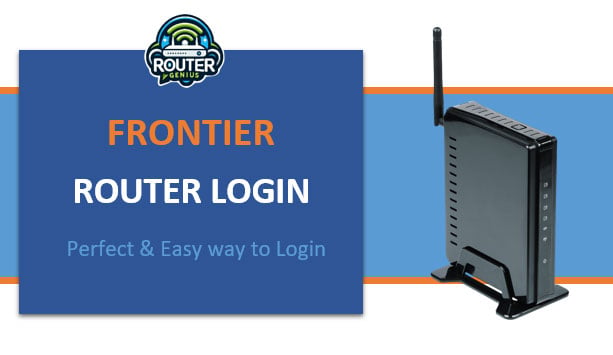
Frontier delivers internet services to millions of households and companies within the United States. As with any ISP, problems can occur with their r
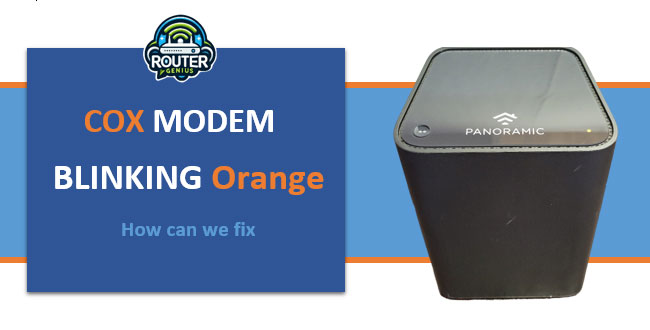
An orange light on your Cox cable modem serves as another indicator of connection status. Like the green light, different orange light patterns have m
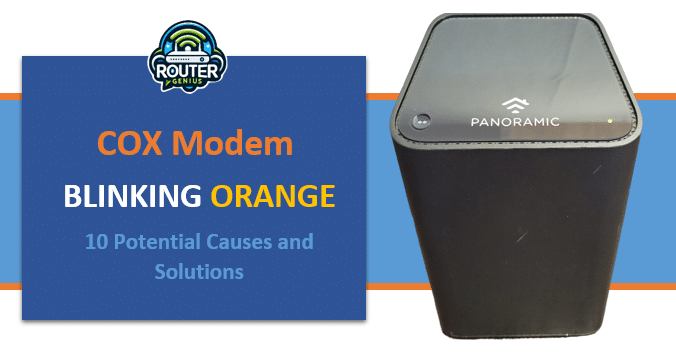
Introduction: There are few things more annoying than experiencing internet connectivity issues, especially when you need a stable online connection f

ACP stands for Cox Automotive Professionals and is a professional development program from Cox Automotive with the goal of improving the young employe
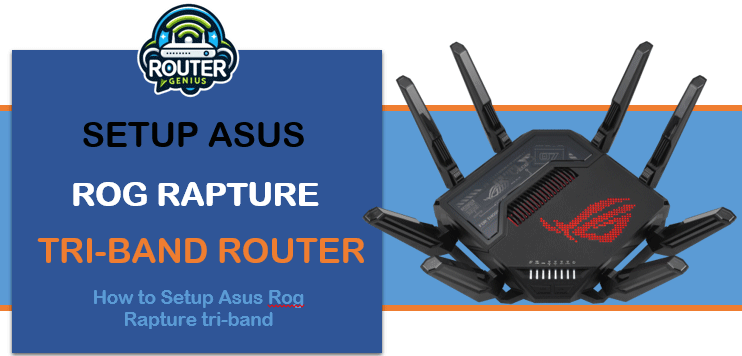
Introduction Are you ever filled with adrenaline in-your-veins kind of feeling to get more out of your games? The setup asus rog rapture tri-band gami
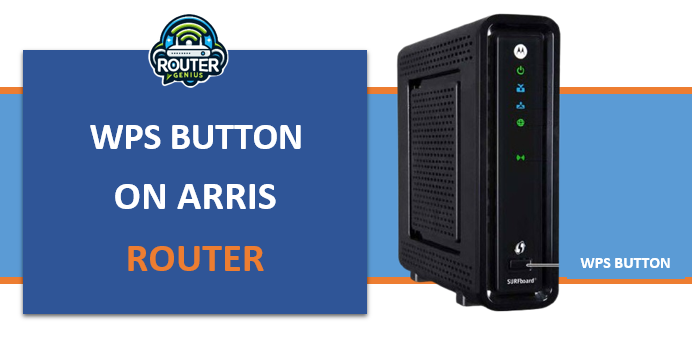
Introduction: The WPS button on Arris router allows for easy and secure connection of new wireless devices without entering a long password each time.
We are a comprehensive and trusted information platform dedicated to delivering high-quality content across a wide range of topics, including society, technology, business, health, culture, and entertainment.
From breaking news to in-depth reports, we adhere to the principles of accuracy and diverse perspectives, helping readers find clarity and reliability in today’s fast-paced information landscape.
Our goal is to be a dependable source of knowledge for every reader—making information not only accessible but truly trustworthy. Looking ahead, we will continue to enhance our content and services, connecting the world and delivering value.